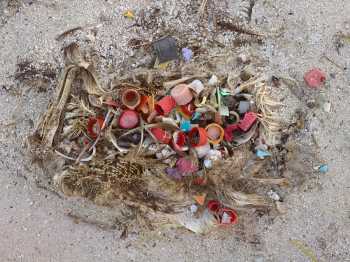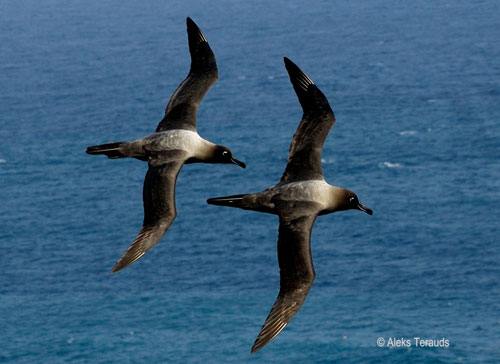Ana Lúcia Bezerra ((Universidade do Vale do Rio dos Sinos, Laboratório de Ornitologia e Animais Marinhos, São Leopoldo, Brazil) and colleagues have published online in the NCT-APA Annual Activity Report 01/2015 on foods of Southern Giant Petrels Macronectes giganteus in Antarctica.
The paper’s abstract follows:
This study aims to describe the food resource of Southern Giant Petrel during the chick-rearing period in Antarctica. The study was conducted in Stinker Point, Elephant Island in the Austral Summer of 2012/2013. Samples were collected randomly from chicks by flushing methods. In the laboratory all the items were identified and the frequency of occurrence was calculated. We identified twelve different items in the diet of SGP chicks. The most frequent item was the remains of seabird species, followed by crustaceous and cephalopods. This study presents new ecological data on the species, since studies on Antarctic populations are scarce.”

Breeding Southern Giant Petrel in Antarctica, photograph by Michael Dunn
Bezerra, A.L., Petersen, E. & Petry, M.V. 2015. Diet of Southern Giant Petrel chicks in Antarctica: a description of natural preys. NCT-APA Annual Activity Report 01/2015. pp. 31-34. DOI: 10.4322/apa.2015.003.
John Cooper, ACAP Information Officer, 11 September 2015

 English
English  Français
Français  Español
Español 


